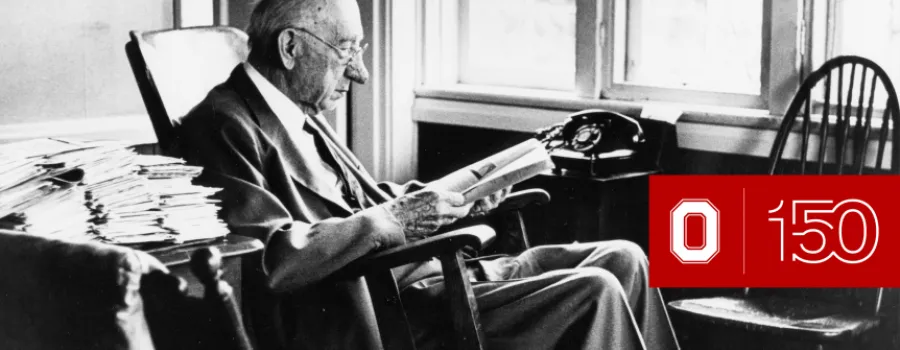
Albert Belmont Graham (1868–1960), the first superintendent of Agricultural Extension at The Ohio State University, founded 4-H, a youth development program where young people learn by doing in areas like health, science, agriculture and civic engagement.
The first meeting of what would become 4-H was held on January 15, 1902. Graham led that first meeting of the Boys and Girls Agriculture Club, also known as an “experiment club,” in a building in Springfield, Ohio, which would later be named for him. By 1912, these agriculture clubs, which were now across the country, were renamed 4‑H clubs. The four Hs stand for Head, Heart Hand and Health.
Today, 4-H serves youth in rural, suburban and urban communities in every state in America, with more than 6 million members. Of those, 1.8 million are urban members, 1.6 suburban and 2.6 rural. There are 25 million alumni, 90,000 clubs in the United States, and 600,000 youth and adult volunteers.